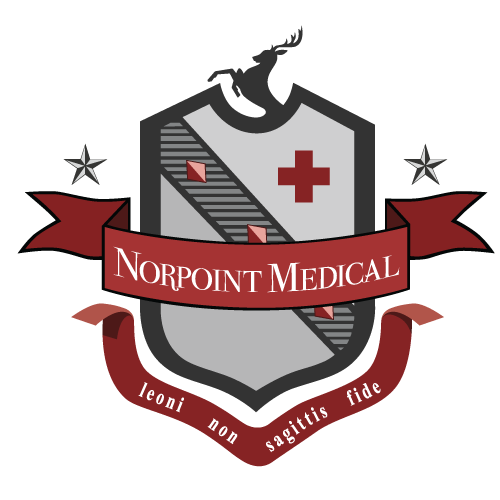A clinical review of care and treatment for cardiac emergencies
By Fran Hildwine, BS, NREMT P, CCEMT P , Rick Rod, RN, CEN, NREMT-P
KEY TERMS
Angina pectoris: Chest pain caused by oxygen deprivation to the heart.
Atherosclerosis: A disorder in which plaques of cholesterol and fats are deposited in the walls of arteries. The vessel walls become thick and hardened, which lessens circulation to areas normally supplied by the artery.
Cardiogenic shock: A sudden mental or physical disturbance caused by poor tissue perfusion as a result of decreased cardiac output.
Perfusion: Supplying an organ or tissue with nutrients and oxygen via the circulatory system.
Cardiac emergencies, including ischemic episodes, myocardial infarction (MI), and cardiac pump failure leading to circulatory collapse, require efficient and rapid interventions to help return cardiac perfusion, with the ultimate goal of survival. Cardiac emergency care and treatment are solely a matter of survival. When the bell rings, the fuse has already been lit and the clock is ticking. It’s time to act.
In the United States, approximately 1.5 million people suffer an MI (heart attack) each year—of these, almost 500,000 will die. Genesis of EMS care and training has evolved from this epidemiology, and although interventional care has become exceedingly successful, it still relies on EMS providers doing the right things at the right times and delivering these patients to the right resourced medical facilities.
There’s a wide range of cardiac emergencies that can develop into rapidly evolving life-threatening situations, including ischemic events, evolving or migrating cardiac circulation events, chronic exacerbation problems and cardio circulatory collapse issues. The EMS provider should hone in on recognition and treatment for any of these, and others, to help the patient survive. The maintenance of perfusion, especially cardiac perfusion, is the key to survival of cardiac emergencies.
PHYSIOLOGY
Basically, the heart is a hollow muscular organ in the center of the thorax, known as the mediastinum, between the right and left lung. There are four chambers with four valves, and although it’s one organ, it acts as two pumps. The right side receives blood from the body and pumps blood to the lungs, and the left side receives blood from the lungs and pumps blood to the body.
The atria (upper) and the ventricles (lower) chambers are like muscular pump. The left ventricle seemingly has the largest mass, as it tends to require more energy to pump blood to the entire peripheral circulatory system. The bicuspid valve leads out of the left atrium to the left ventricle, where the aortic valve leads out of the left ventricle into the systemic circulatory system. The tricuspid valve leads out of the right atrium into the right ventricle and the pulmonic valve leads out of the right ventricle into the pulmonary circulatory system. (See Figure 1, above.)
The entire pump system is orchestrated by the cardiac conduction circuit, where impulses are generated and conducted through various pathways that produce each heartbeat. The human body can regulate these impulses with regards to excitability, automaticity and conductivity (timing). The autonomic nervous system regulates the cardiac conduction circuit, as well as other factors affecting the entire cardiac cycle.
The sinus (SA) node, located in the atrium, releases an impulse that causes depolarization of the atrium. The impulse then travels to the atrial-ventricular (AV) node, where the conduction of the impulse is delayed long enough to allow mechanical movement of the blood volume into and out of the varying chambers. The impulse, once released from the AV node, travels through the Purkinje network, depolarizing the ventricular cardiac cells, and creating pumping action to the systemic circulatory system and the pulmonary circulatory system.
The heart’s circulatory system is composed of a network of arteries and veins. The arteries are referred to as coronary arteries—the two main are the right and the left—which originate at the base of the aorta and funnel into the right and the left sides of the heart.
The next article will discuss cardiac emergency’s, diseases, and emergency treatment for these emergencies. Stay tuned for more.

